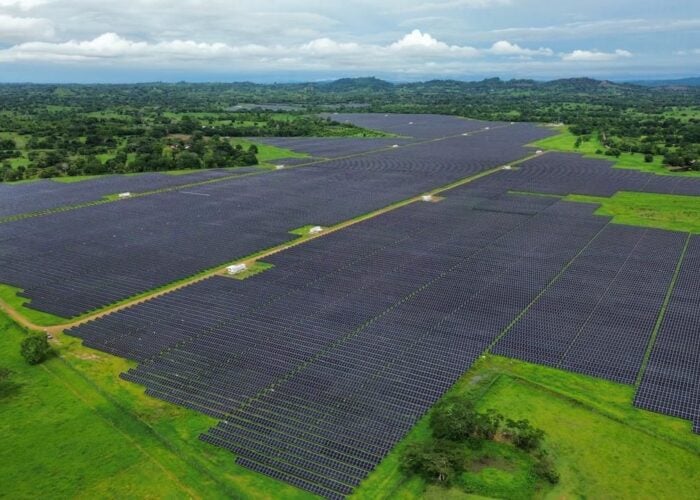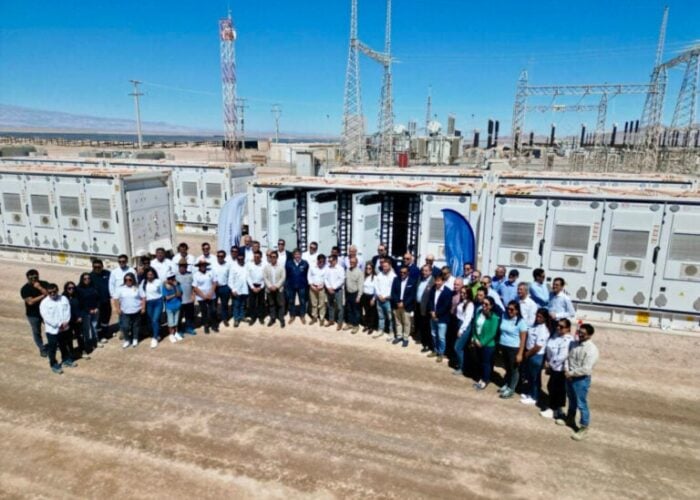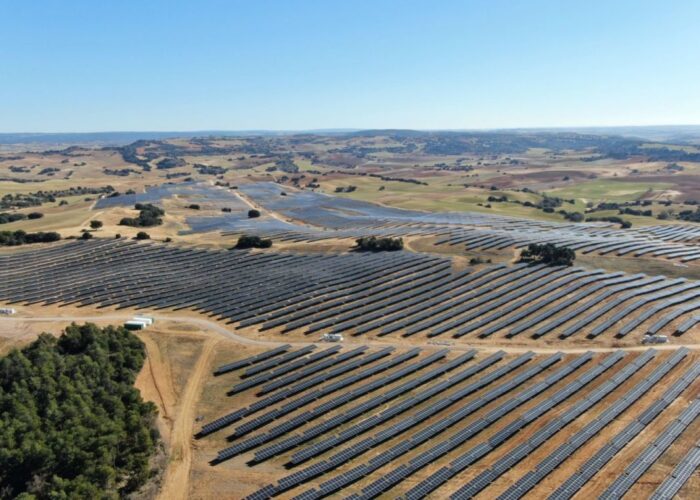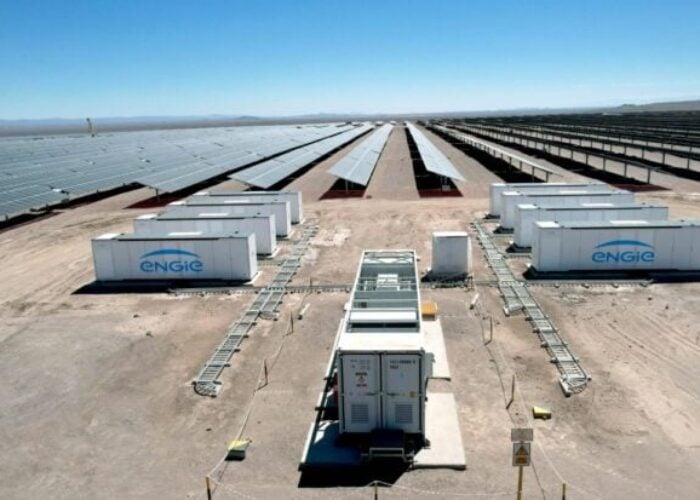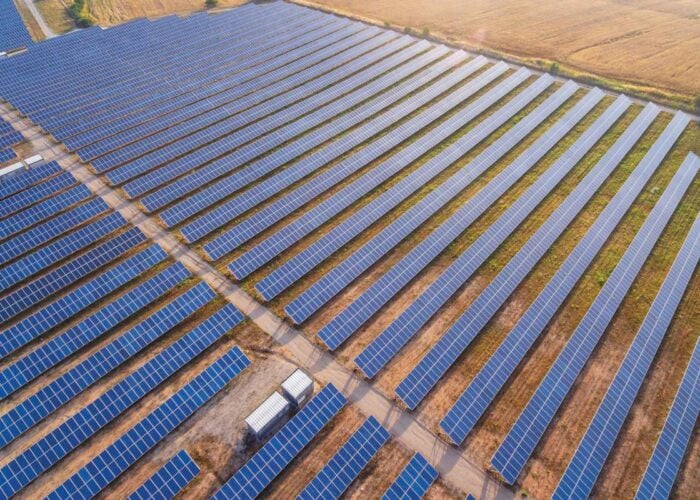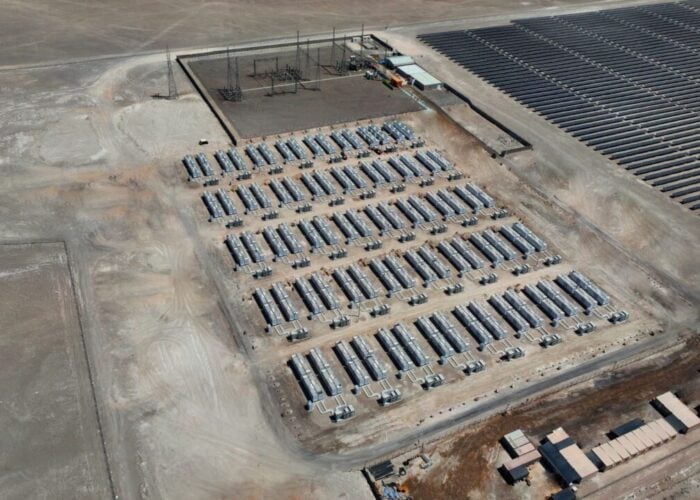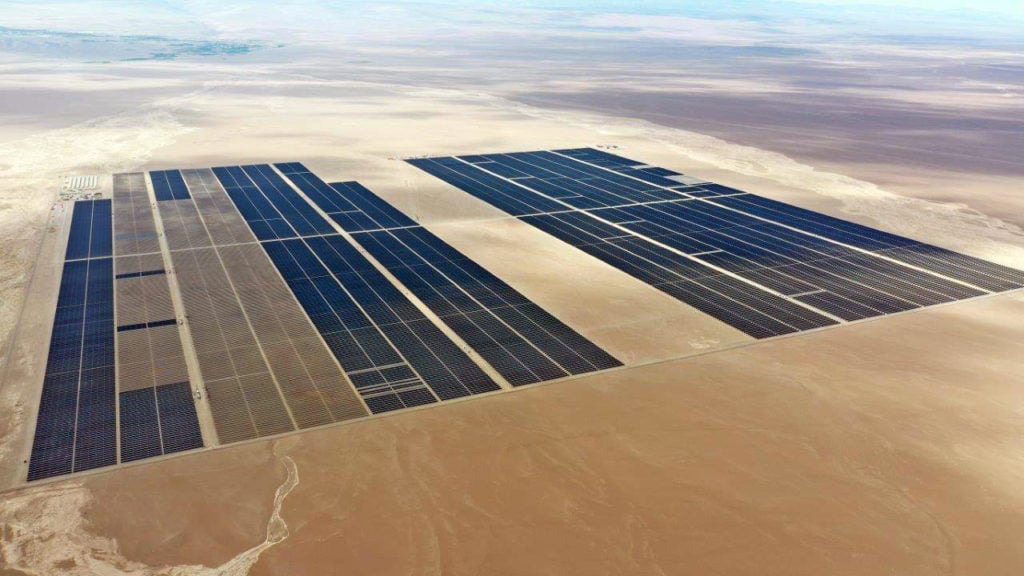
Chile has been ramping up the installation of solar PV in the last few years and the South American country is positioning itself as one of the most interesting places in the world to develop new projects.
A report earlier this year from trade body SolarPower Europe (SPE) had the country in the top 20 markets for solar PV additions between 2022-2026, ahead of Italy, Vietnam or Greece.
Unlock unlimited access for 12 whole months of distinctive global analysis
Photovoltaics International is now included.
- Regular insight and analysis of the industry’s biggest developments
- In-depth interviews with the industry’s leading figures
- Unlimited digital access to the PV Tech Power journal catalogue
- Unlimited digital access to the Photovoltaics International journal catalogue
- Access to more than 1,000 technical papers
- Discounts on Solar Media’s portfolio of events, in-person and virtual
According to the trade body, the country expects to install 2.9GW of solar for 2022, with research firm IHS Markit arriving at a similar figure of 2.6GW.
If Brazil is the undisputed leader in Latin America, with nearly 10GW of solar expected for 2022, Chile’s high irradiation levels in the north of the country have been one of its main drivers for solar projects, but not the only one.
PV Tech Premium spoke with Darío Morales, director of studies at Asociación Chilena de Energía Renovables y Almacenamiento (ACERA), the country’s renewables and storage trade association, and Moisis Damianidis, general manager LATAM, renewables & storage development business unit at Mytilineos, about Chile’s key drivers for solar PV and where the market was heading in the years to come.
One of the best irradiation levels in the world
First and foremost, the biggest interest to develop a project in Chile, as mentioned earlier, is its irradiation levels, especially in the north, says Morales. The Atacama region has one of the highest irradiation levels in the world and its white sand increases the albedo effect that gives an advantage for solar PV plants. On top of that, it has a low level of humidity despite its proximity to the see and has barely any clouds all-round year, adds Morales.
“A solar PV plant installed in the north of Chile produces 30-35% more energy than a plant installed in the south of Spain,” says Morales.
What sets Chile out from other South American countries with similar levels of irradiation is the fact that, between 2013-2017, electricity prices were high and a good investment environment “made it possible for solar PV technology to reach grid parity in Chile much sooner than other places in the world,” says Morales. During those years, solar technology was competing with conventional resources without any subsidy.
Greek PV developer Mytilineos began its Chilean operations in 2015 and has so far installed more than 500MW of solar for third parties. Moreover, it has been building its own portfolio with 600MW of solar to be come online between 2023-2024, an exclusive story which PV Tech broke back in June.
The main drivers to do business in Chile for Mytilineos are three-fold according to Damianidis: political stability, the legal framework and political consensus about renewables.
Chilean law dictates that a president cannot run for two consecutive terms – a policy which might usually suggest wild swings in attitudes towards different industrial strategies – but this has so far not affected its hunger for renewables.
“Chile is one of the more politically stable countries in Latin America,” says Damianidis and not even the protests in early 2020 seem to have changed the country’s outlook on solar PV.
The second aspect that makes Chile a favourable country for solar is that its legal framework is far more advanced than neighbouring countries, especially in terms of renewable energy, which gives business and investors confidence to set up shop in the country.
Thirdly, a broad political consensus in Chile is in place when it comes to renewables, according to Damianidis. Political parties from the right and the left have been working in the same direction in terms of renewable energy, he says. For example, new governments have continued investments in green hydrogen in order to put Chile at the forefront of that technology and have pressed on with coal decommissioning, regardless of their political stripes.
Other countries in Latin America have not had similar fate when a political change occurred, such as in Mexico, where the rise of Andrés Manuel López Obrador (AMLO) to the presidency has cast a shadow on solar investments.
Moreover, due to Chile’s peculiar geography, where it is surrounded by the Pacific Ocean on the left and the Andes on its right, the country believes that renewables is the “only way forward” says Damianidis.
“Although Chile is in a great region like Latin America, it is kind of an island. The grid is operating and performing like an island. They have to find all the resources by themselves.”
The country has barely any interconnections, aside from one line with Argentina, which has recently signed an agreement with Chile for the importation of natural gas but not renewables at the moment.
All those key drivers for solar in Chile, and others that will be covered in the upcoming edition of PV Tech Power, helped the country reach its renewables goals ahead of its own targets and continues to bring foreign investment in solar PV.
Damianidis said that out of all the country’s Mytilineos invests in, “it is Chile that is giving us the comfort that we need”. “The more we invest, the more benefit we have,” he adds .
PV Tech Power will be running a separate analysis examining Chile’s future for the solar industry – focusing on the hurdles it needs to resolve and how it is to develop a project in the desert of Atacama – in the upcoming edition of PV Tech Power 32, due out in September.

